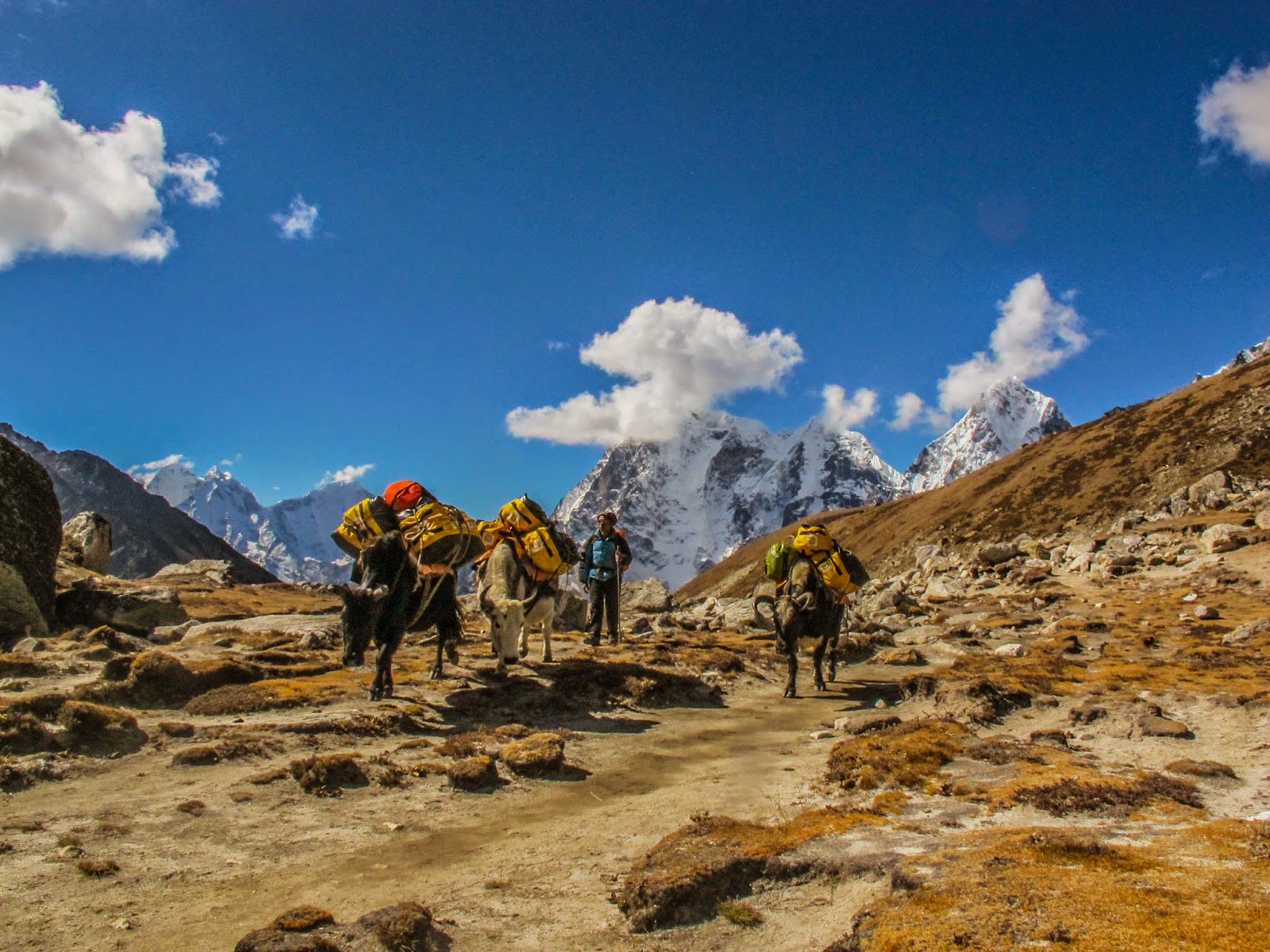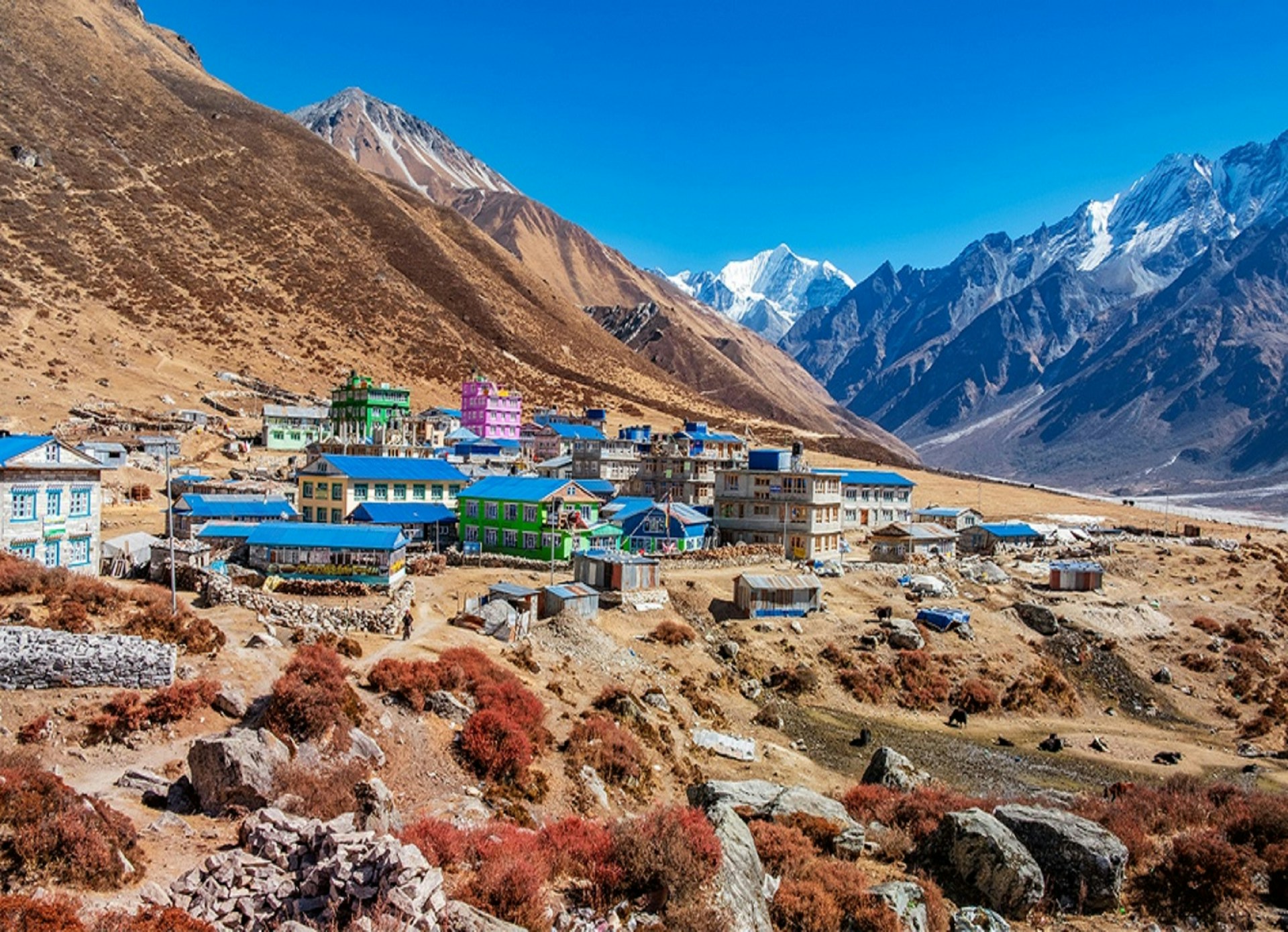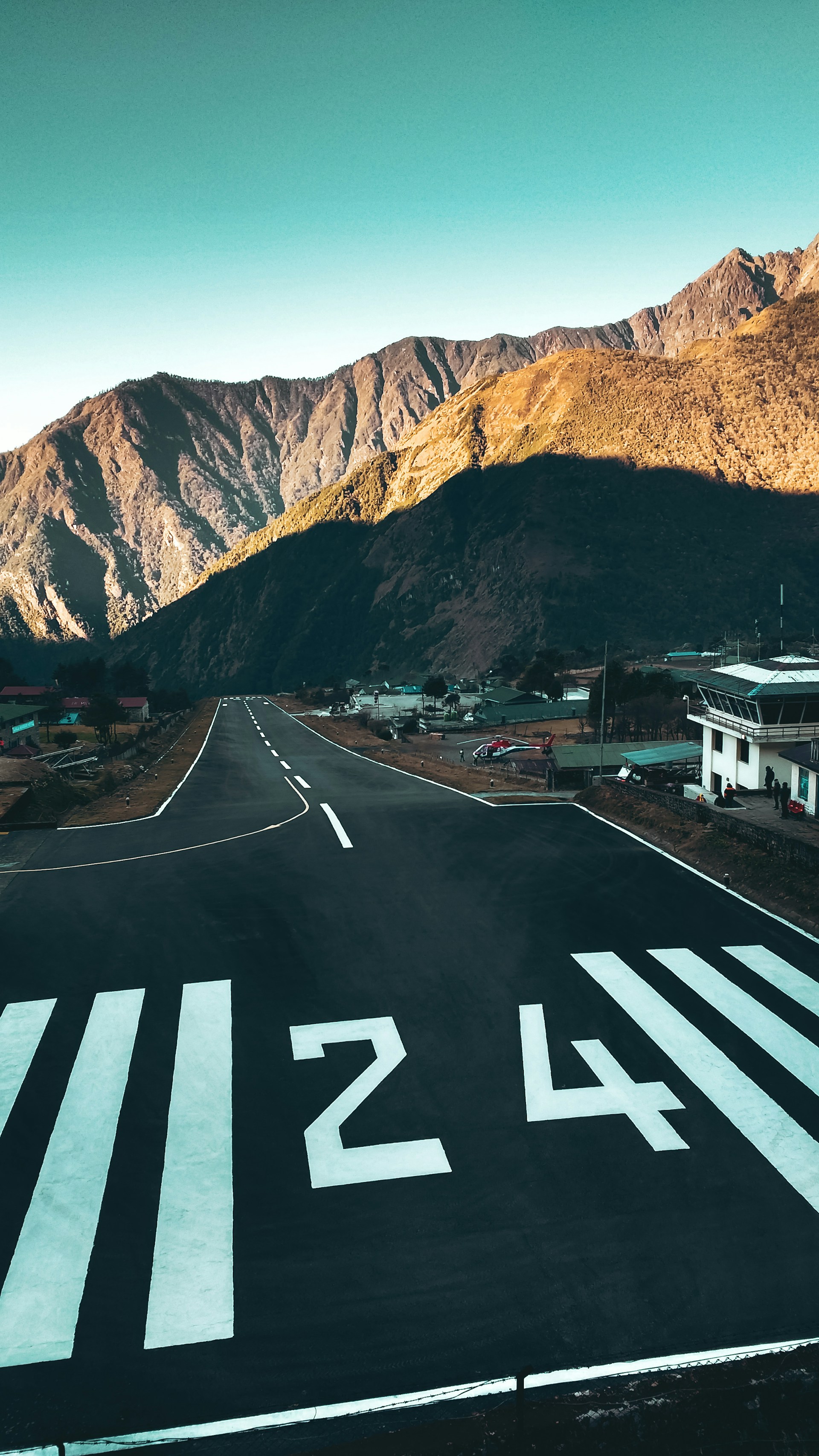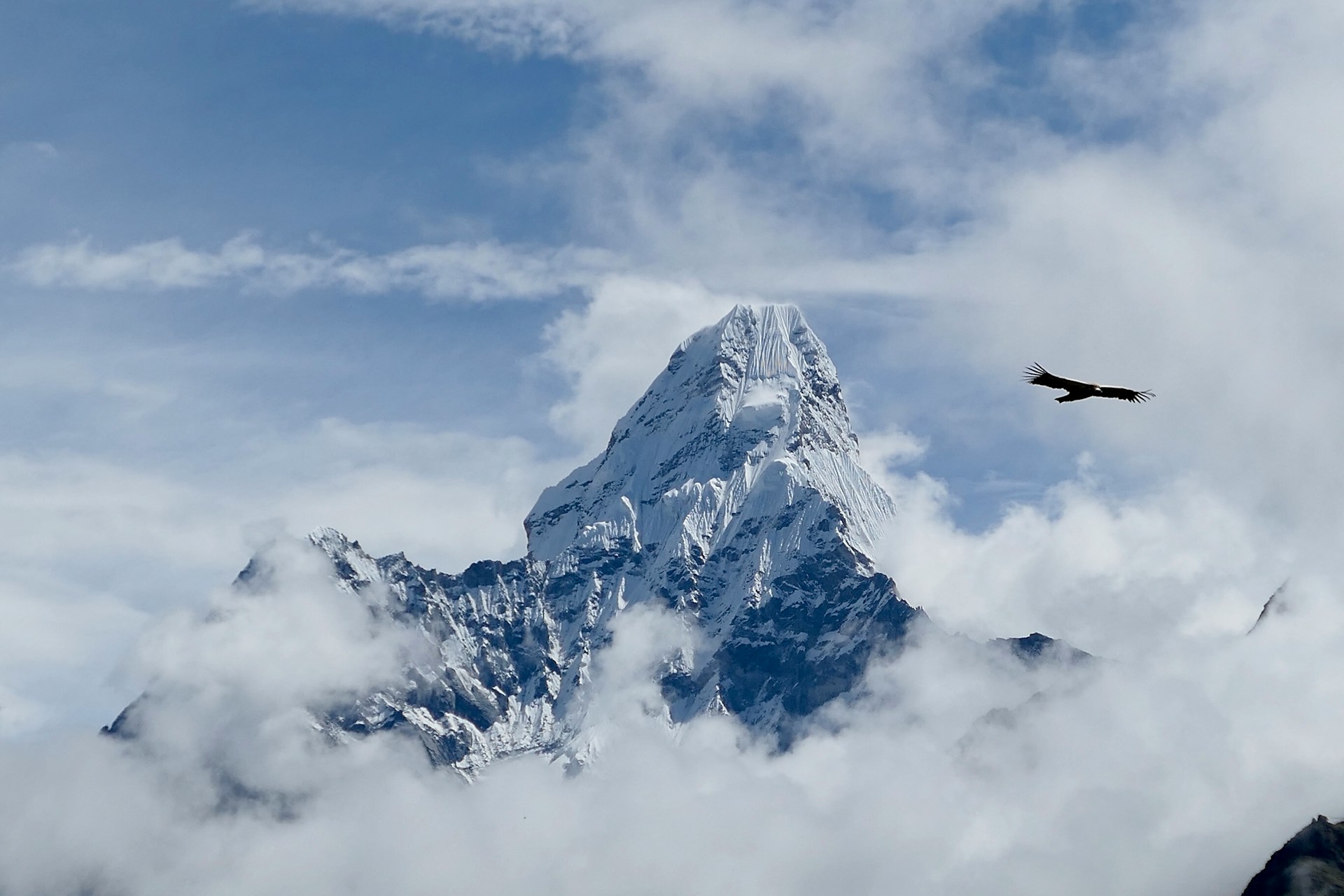A personal journey to the majestic Everest
I could feel my heart beat out loud, felt like it was in my mouth, thoughts looming as soon as a tiny bit of cloud seen under the blue sky. It does not happen like that usually but I was flying to Lukla for the first time; Lukla an airport with a runway of size 460m is ranked as World’s most dangerous airport time and again which is why I could feel the adrenaline. From my seat of the small dornier aircraft I could see the open cockpit and further outside the windshield. I had a chance to see the pilot view of the airstrip; it looked smaller than the alley I play cricket back at home. Lukla or Tenzing Hillary airport which is very prone to weather is also well known for fatalities amongst the Nepalese and the tourists. It was the most horrendous flight I had taken in my life till the day. Thanks god we touched down with no problems in Lukla.
As we had a lot of distance to cover in short time and had a budget of economical nomad we decided to head further north closer to our destination. Before continuing with further north let me first tell you about Lukla. According to my analysis, Lukla is a very small village with barely about 100 houses which was built for a purpose of serving the Tourists. Restaurants, small grocery stores, local pubs and some trekking equipment stores, money exchange were some biggest business in the town.
Read on to see more of my challenges revealed during this trip.
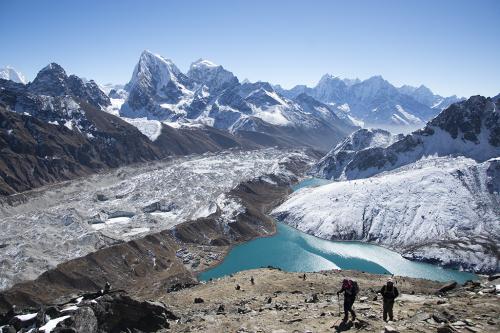
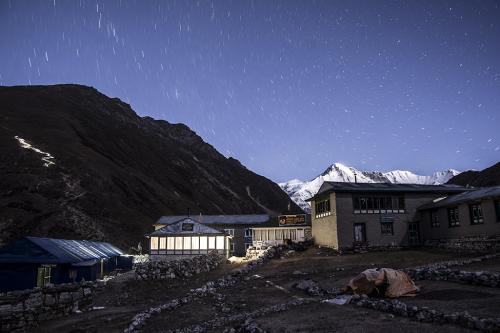
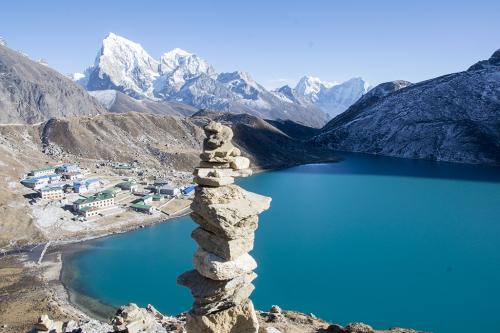
We trekked further north from Lukla, same day, deciding not to stay there to cut some cost; we trekked 7-8 hours to reach our next stop Namche Bazaar. We could not walk faster as we wore no trekkers; we rested more than we walked on the trails. We arrived Namche Bazaar; a town which was settled on the edge of hill which looked like landslide century ago formed a possibility for people to build house and inhabit. It was a terraced landscape, a type of landscape in Nepal where all I have witnessed till the day was rice paddy. We called it a day and the first thing I remember doing was getting drunk. We drank saying we need to keep ourselves warm which later on became the wish to drink more because that’s what we did whenever we spent time with friends. Later on next day we realized that the major chunk of the budget which we were supposed spending wisely while on the trek was spent eating local rooster and booze.
Based on what we read on tripadvisor and lonelyplanet and no other than Google all we had was 4 different maps and our rucksack and our crazy heads. There is no way you could miss the trail and head towards wrong direction as the major chunk of traffic in the Everest region is primarily headed towards the same direction. In between walking we made sure if we wore on the right track asking groups of people passing by. The only names or big names on the trek I remember is of 2 gompas; gompa means monastery in Tibetan language. The reason why I remember two gompas is because one of them held so called skull of mythical Himalayan animal named Yeti and the other one was the biggest monastery in the region of Khumbu.
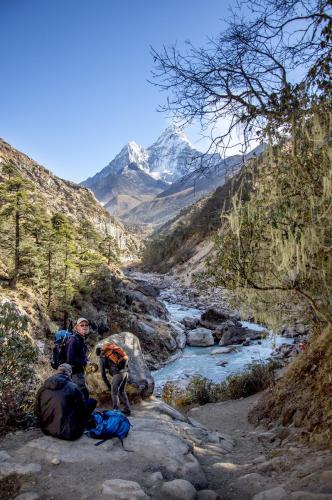
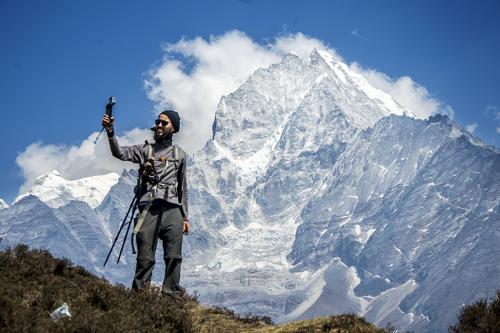
I would say over all the trek was beyond what we thought it would be. There were few things we underestimated about the trek before we started trekking, which we regretted a lot while on the trails. Amongst the things that I personally regretted was making assumptions that I am on a regular workout schedule so trekking 5-6 hours a day would be piece of cake, second I can trek with 12-13 kgs of backpack and the only weight of my bag was 7kgs and the worst of all I would basically know when altitude sickness will kick in. I don’t want to remember what happened, I prayed every time I saw even a small elevation because I had no will to climb any further since our first hike from Lukla, my shoulders hurt like anything from the very first night till next couple of days which could even be pacified by painkillers, third I had altitude sickness from Periche which is around 4300 meters. Altitude sickness is the worst kind of feeling or thing to happen, I had nasal pain at all times, had a severe headache. We all stayed back at Periche for the next two days eating garlic, lukewarm water and the Timmur we had. Timmur is a kind of spice that Nepalese people use while cooking food.
Altitude sickness did not hold us back, we recovered, we started walking ahead again. We played cards through out, sometimes it was call break, sometimes it was some German game we learnt over the internet, sometimes we were just sticking up cards on our forehead and made our own game. We played with the tea house lodge owners, with the by passers, with the farmers, with the headers, with the trekkers, you name it. We shared sex stories, cracked vulgar joke, remembered our crushes, made arm pit farts, made the real farts did all crazy stuff. It was the 14th day we saw some people who started climbing up towards the base camp had started walking down, we still hadn’t made it to the base camp, and we even laughed to ourselves for that. I made many foreign friends who I never spoke to, who I do not have contact even in social media. I have crazy memories from the trip I remember many people and many faces, beautiful Elizabeth from UK, Philip, the royal Enfield explorer from Australia who was 64 but still passionate.
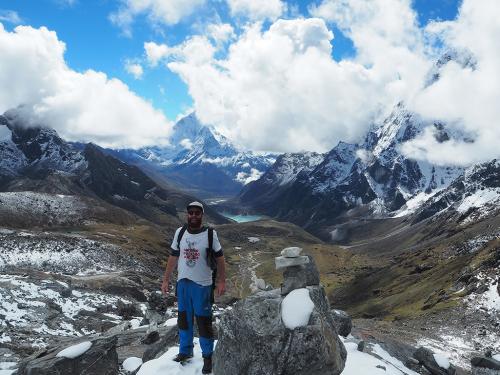
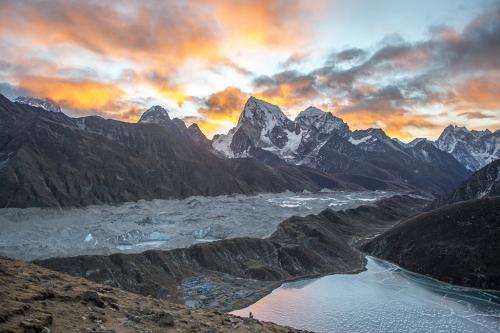
Final thoughts
Something we laugh till the day is about the length of the trekking. I mean usually Everest base camp is usually completed within 12 days but it took us around 18 days. The others usually lose huge amount of weight after a lengthy trek but we lost only couple. Almost every one of us had a severe cold and flu as a result of altitude sickness which lasted for almost a week after the trek. I would like to thank the guide provided from one of our friend’s trekking agency, named Govin who, showed us around. The fun and frolic guide who turned out grumpy towards the end was to be honest a very good guy who got mad because of the time we consumed from his schedule. The friends of Wonderful Everest view treks and expedition now are a working partner of mine and we still enjoy trekking in Nepal every once in a while.
Recent Blog Posts
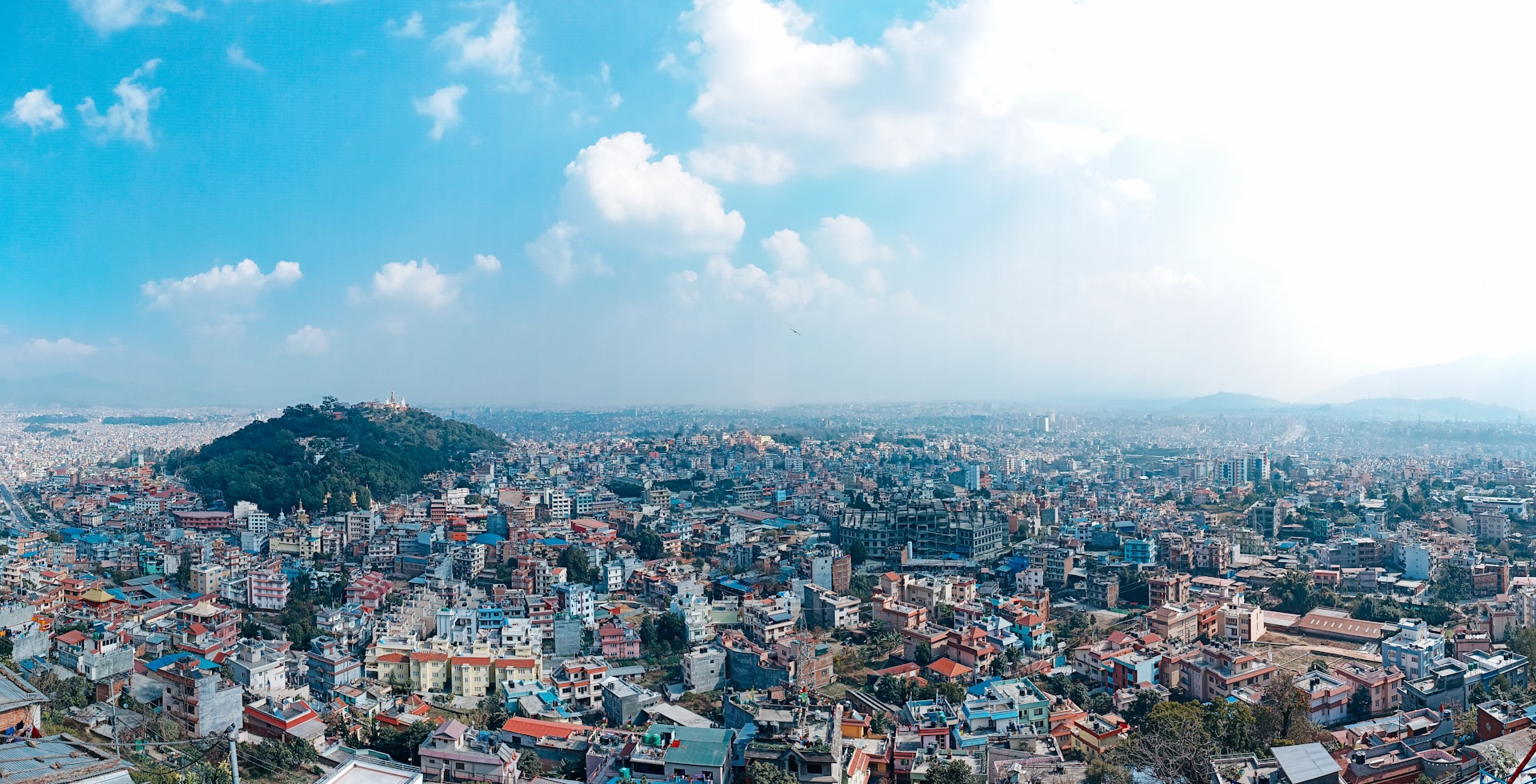
Kathmandu Valley: Exploring the Capital of Nepal
Jun 15, 2025
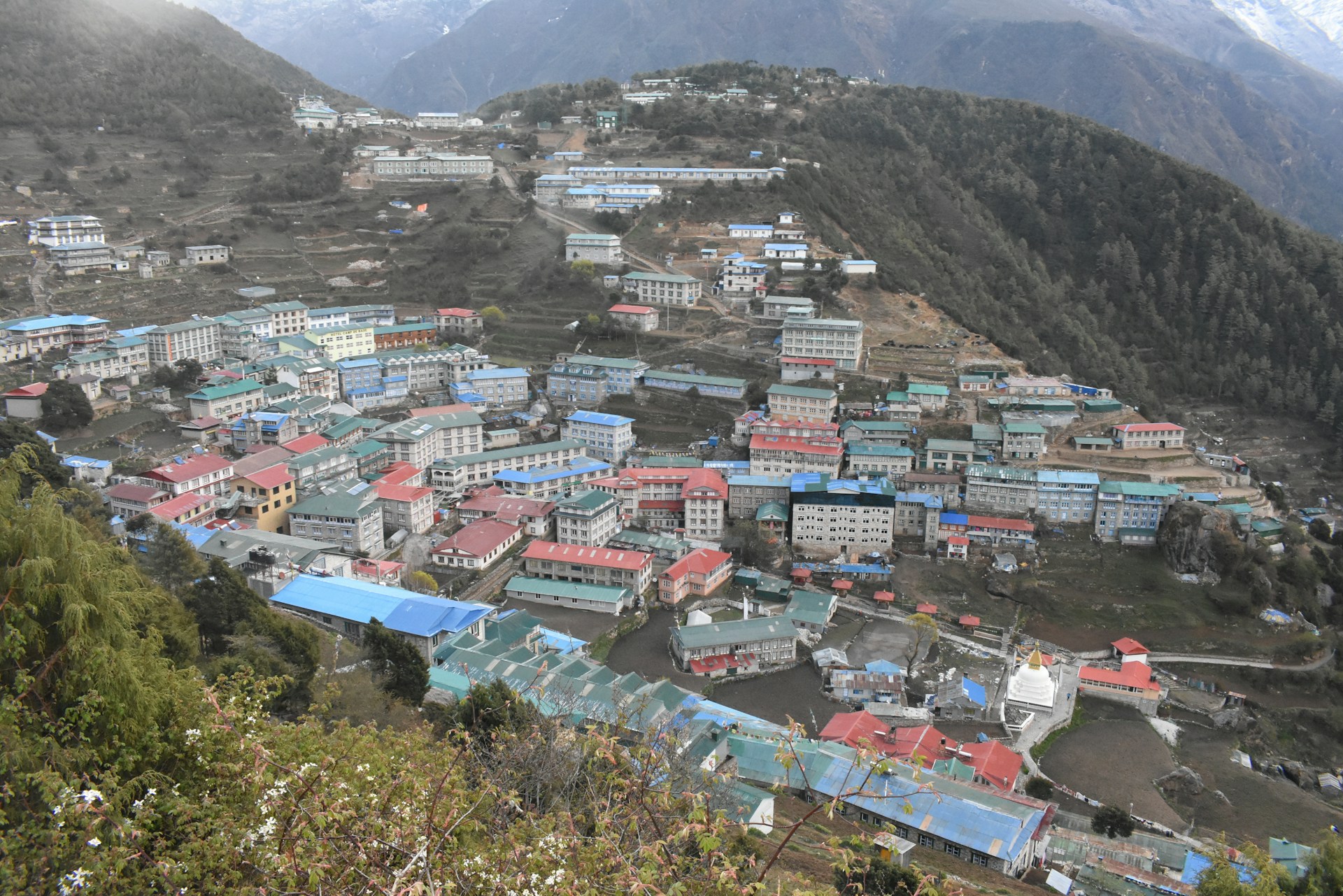
Namche Bazaar: What to Expect in the Sherpa Capital
May 20, 2025
